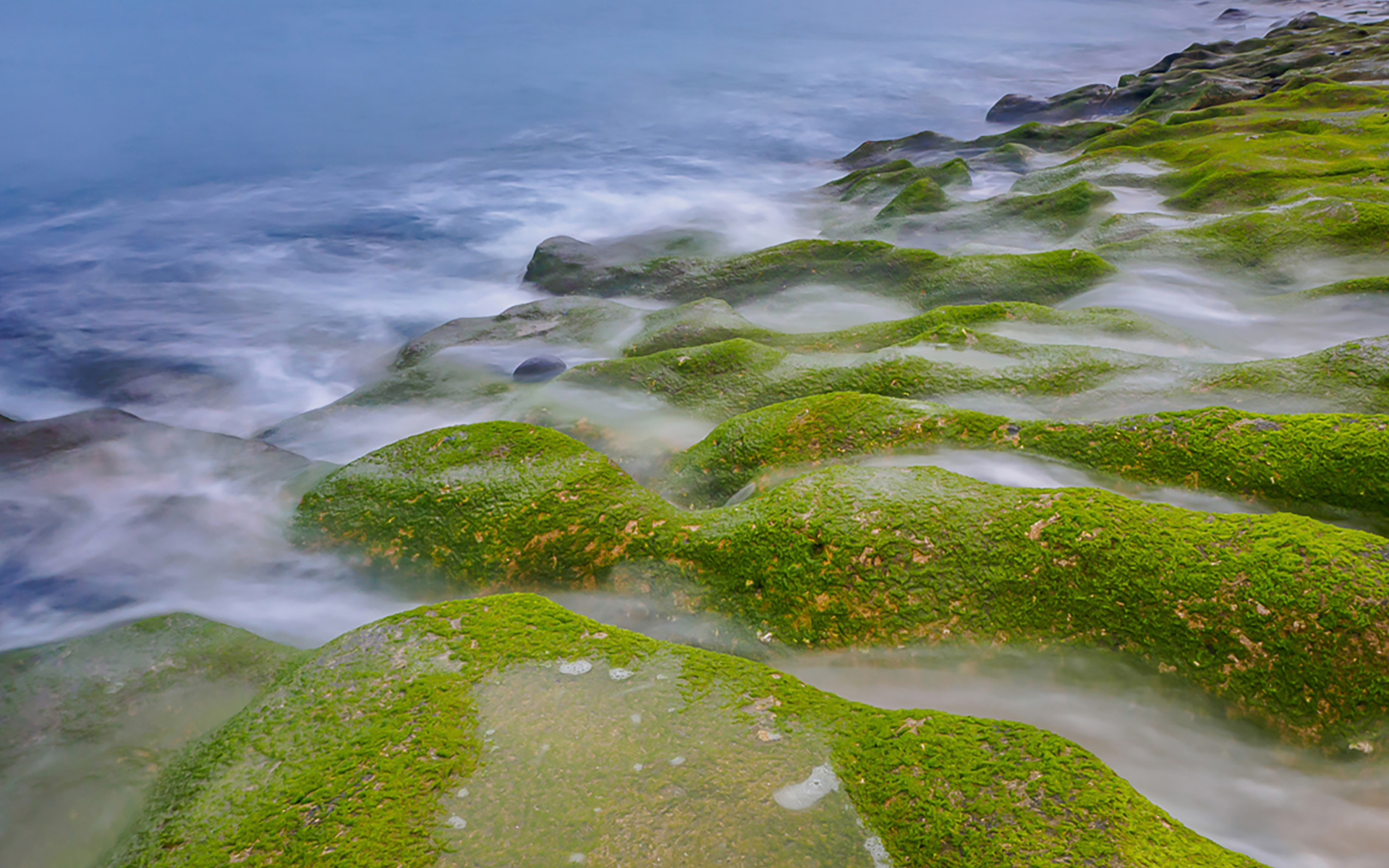| 摘 要 |
Seagrass is a unique flowering plant that plays a key role in the stabilization of coastal ecosystem. Seeds produced by this plant store triacylglycerol as the energy source for germination and post-germinative growth of seedlings. Seeds of mature seagrass Thalassia hemprichii when stained with a fluorescent probe BODIPY showed the presence of oil bodies in intracellular cells and after further lipid analyses, triacyglycerol (TAG) was found to be a major lipid classes in seagrass seeds. Protein extracted from seagrass seeds were subjected to immunological cross-recognition with land plant seed oil body proteins (oleosin; caleosin) and found to have no cross-reactivity. Oleosin-like gene was found in seagrass seeds. Next generation sequencing and sequence alignment indicated that the deduced seagrass seed oleosin-like protein has a central hydrophobic domain responsible for their anchoring onto the surface of oil bodies. Phylogenetic analysis showed that the oleosin-like protein was evolutionarily closer to pollen oleosin than to seed oleosins. Thus, oil body protein found in seagrass oil bodies seemed to represent a distinct class from land seed oil body proteins. |

